how does squeezing finger affect blood sugar
Blood glucose monitoring: tips for monitoring your blood sugar Overall vision is an essential part of managing and controlling diabetes. Knowing your blood sugar level quickly can help alert you when your level has fallen or has risen out of the target range. In some cases, this will help prevent an emergency situation. You can also register and track your blood glucose readings over time. This will show you and your doctor how exercise, food and medicine affect your levels. Conveniently enough, to test your blood glucose level can be done almost anywhere and at any time. Using a blood sugar meter at home or a blood glucose monitor, you can test your blood and have a reading in as little as a minute or two. If you test several times a day or only once, after a test routine will help you prevent infection, return the true results and better monitor your blood sugar. Here is a step-by-step routine that you can follow:1. Keep your meter and supplies with you at all times This includes lancets, alcohol hisopos, test strips and anything else you use to monitor your blood sugar.2. Track your test strips Make sure your strips aren't expired. The strips out of date are not guaranteed to return true results. Old strips and inaccurate results can affect your daily blood glucose numbers record, and your doctor may think there's a problem when there's really no problem. Also, keep the stripes out of the sunlight and away from moisture. It is better to keep them at room temperature or cooler, but not freeze.3. Set a routine for frequency and when you should test your blood sugar Work with your doctor to plan your routine. They may suggest checking while you are fasting, before and after meals, or before bed. The situation of each person is different, so it is important to decide on an arrangement that works for you. When you set that schedule, make the blood part of your daily routine. Build it in your day. Many meters have alarms that can be set to help you remember to test. When the test becomes part of your day, you will be less likely to forget.4. Do not assume that your meter is correct Most meters come with a control solution that allows you to test how accurate your meters and strips are. Take your blood glucose meter to your next doctor's appointment. Compare your results to your machine to see if there is any discrepancy.5. Create a diary to record your blood sugar every time you try itAlso there are available applications that can help you track this information and keep your sugar running balance in the average blood. You may also want to record the time of the day you're testing and how long it's been since you last ate. This information will help your doctor track your blood sugar and may be important in diagnosing what is causing your blood sugar to spike.6. Take measures to prevent infection To prevent infection, practice strategies recommended by safe injections. Do not share your blood sugar monitoring team with anyone else, throw away your lancet and pull after each use, and be careful to wait until your finger has stopped bleeding to resume your activities. Frequent and repeated tests can cause fingertips. Here are some suggestions that can help prevent this:[Production: Format the following as a list of long lines] Your doctor is asked to monitor your glucose levels is an important part of the diagnostic process. Remember that many things can affect your blood sugar, including: Beware of the "harvest phenomenon", a wave of hormones that occurs around 4:00 a.m. for most people. This can also affect glucose levels. Talk to your doctor about any concerns or questions you have before starting your blood sugar monitoring routine. If your blood glucose result is wildly different every day despite consistent test behavior, there may be something wrong with your monitor or how you are taking the test. Health conditions like and obviously will have a big impact on your blood sugar levels. Pregnancy can also affect your blood sugar, which sometimes results in the duration of pregnancy. The American Diabetes Association notes that the recommended level of blood sugar for each person is different and is based on several health factors. But, in general, the target range for glucose levels in diabetes is 80 to 130 milligrams/decidile (mg/dl) before eating and less than 180 mg/dl after a meal. If your glucose levels do not enter the normal range, you and your doctor will have to make a plan to determine why. Additional tests may be needed for diabetes, hypoglycemia, certain medical conditions and other endocrine problems to determine why blood sugar is too high or too low. Continue to monitor your blood glucose levels while waiting for test appointments or test results. If you experience any of the following symptoms, tell your doctor immediately: Monitoring your blood glucose level you are quite simple and easy to do. Although the idea of taking a sample of their own blood every day makes some people creepy, the modern lancet monitors loaded with spring make the process simple and almost painless. Logging your blood glucose levels can be part of a healthy diabetes maintenance or dietry routine. Last medical review on June 29, 2018
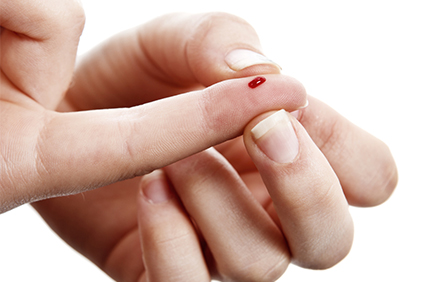
The 9 Worst Mistakes You Make When Checking Your Sugar
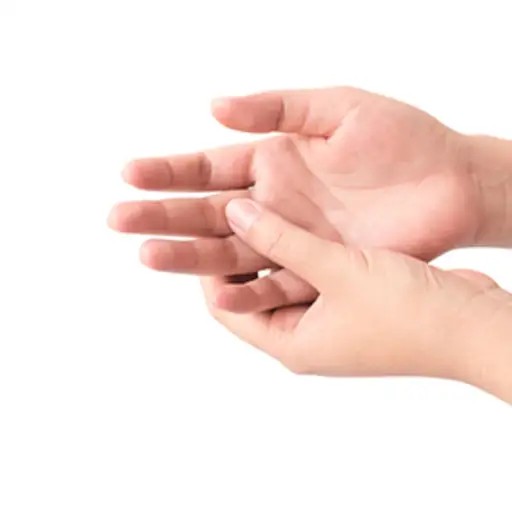
The 9 Worst Mistakes You Make When Checking Your Sugar
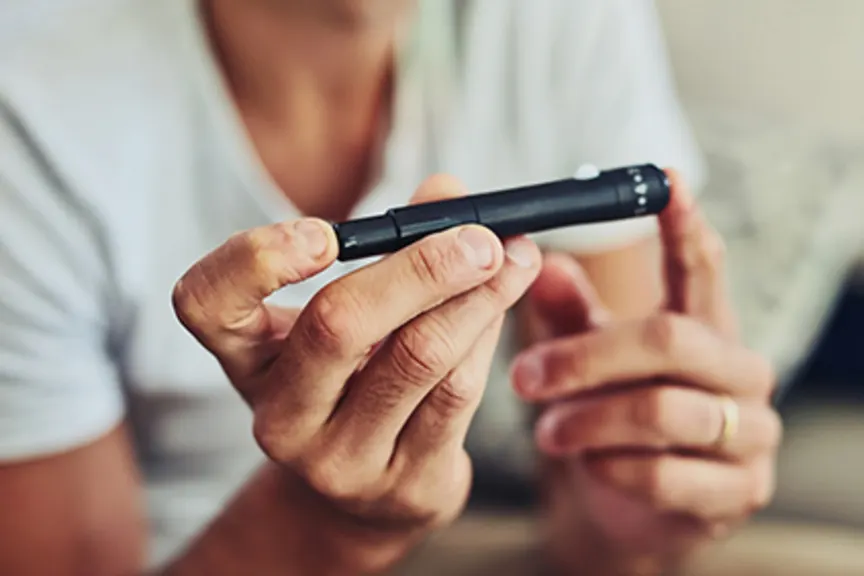
The 9 Worst Mistakes You Make When Checking Your Sugar

The 9 Worst Mistakes You Make When Checking Your Sugar

What to Do When Blood Sugar Readings Vary
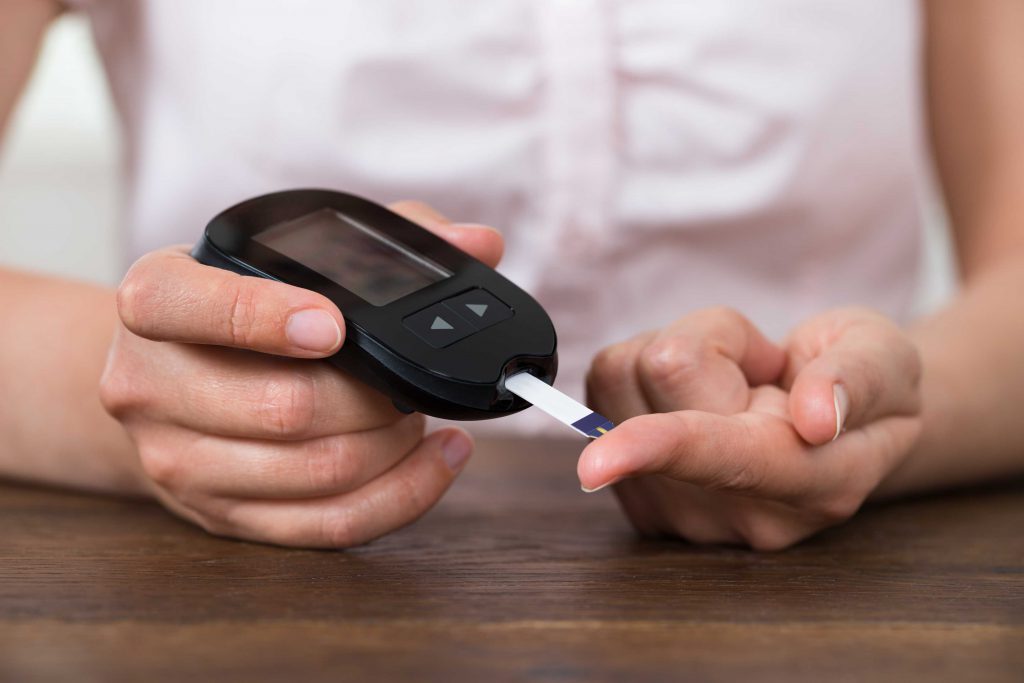
How To Test Your Blood Glucose - Video Guide

The 9 Worst Mistakes You Make When Checking Your Sugar
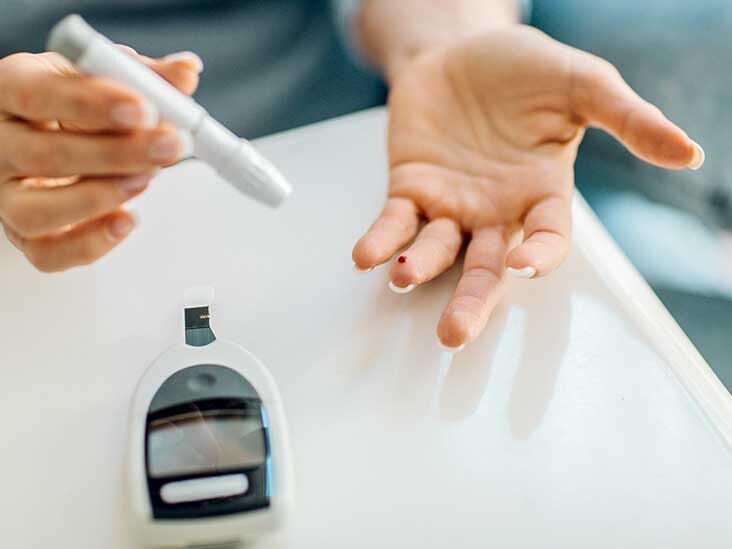
Blood Glucose Monitoring: How It Works

Finger Stick Blood Test: Steps, Best Practices, FAQs & Tips
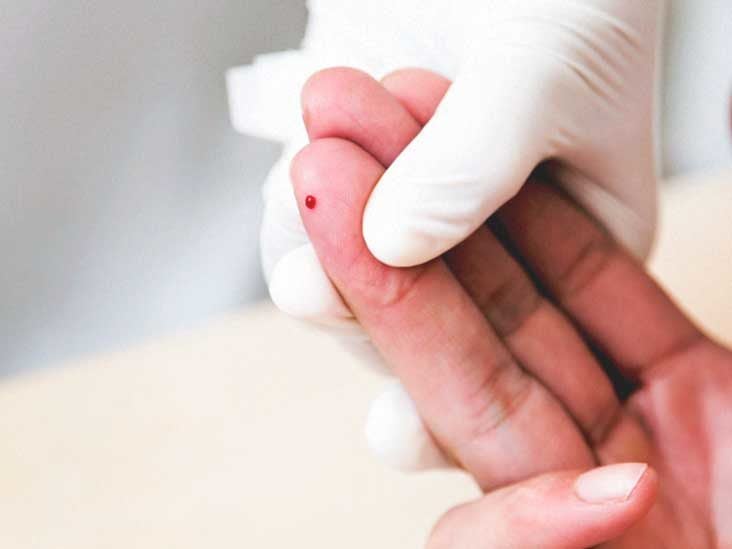
Blood Glucose Monitoring: How It Works
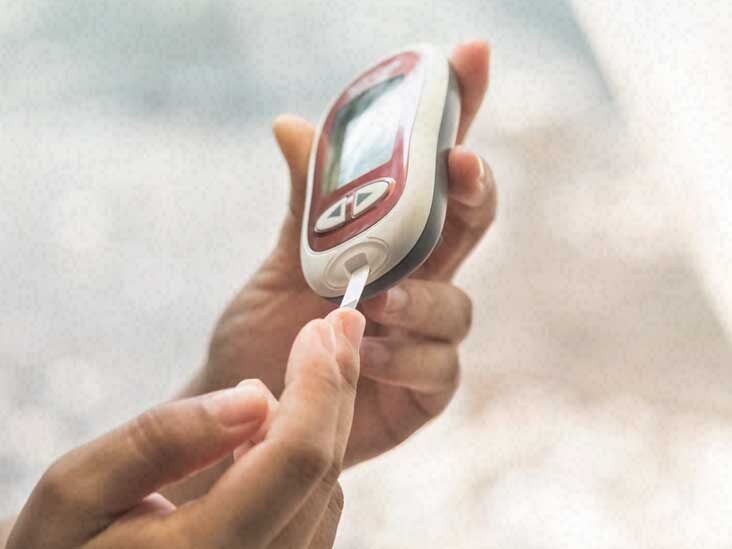
6 Keys to Successful Blood Sugar Monitoring

6 Keys to Successful Blood Sugar Monitoring
9.2 Glucometer Use – Clinical Procedures for Safer Patient Care

Taking the Sting Out of Fingersticks: Lancets, Life Hacks and More | diaTribe
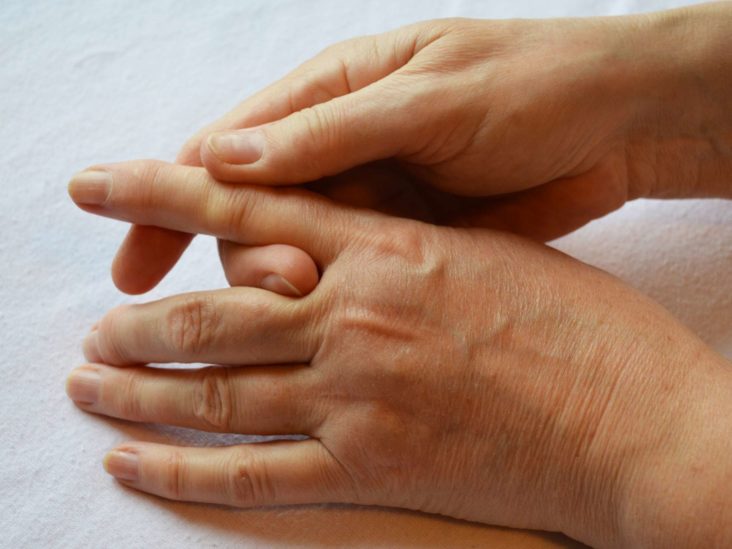
Stiff fingers: Causes, treatment, and stretches

Diabetes New Zealand

Don't Make These Common Blood Sugar Monitoring Mistakes - The Wellthy Magazine
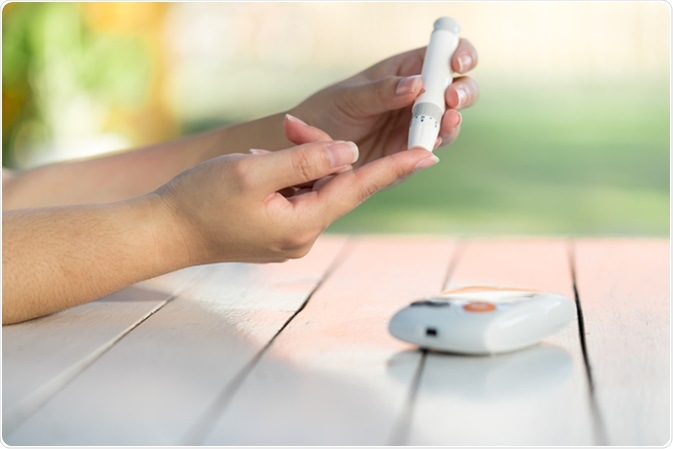
How to Test Blood Glucose

Diabetes: 5 commons mistakes to avoid when using a glucometer - Times of India
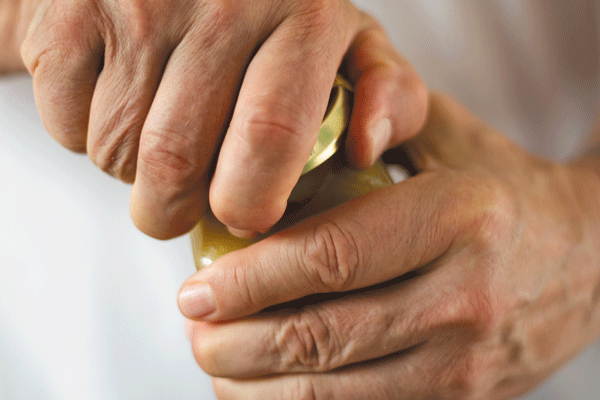
Give grip strength a hand - Harvard Health

How To Test Your Blood Glucose - Video Guide

How does Squeezing my Finger Affect my Blood Sugar Reading? | Pip Lancets

How to monitor blood glucose

6 Tips for Healing Bruised Fingers | Medtronic Diabetes LOOP Blog

Healthy blood glucose levels: Targets, extremes, and lifestyle tips
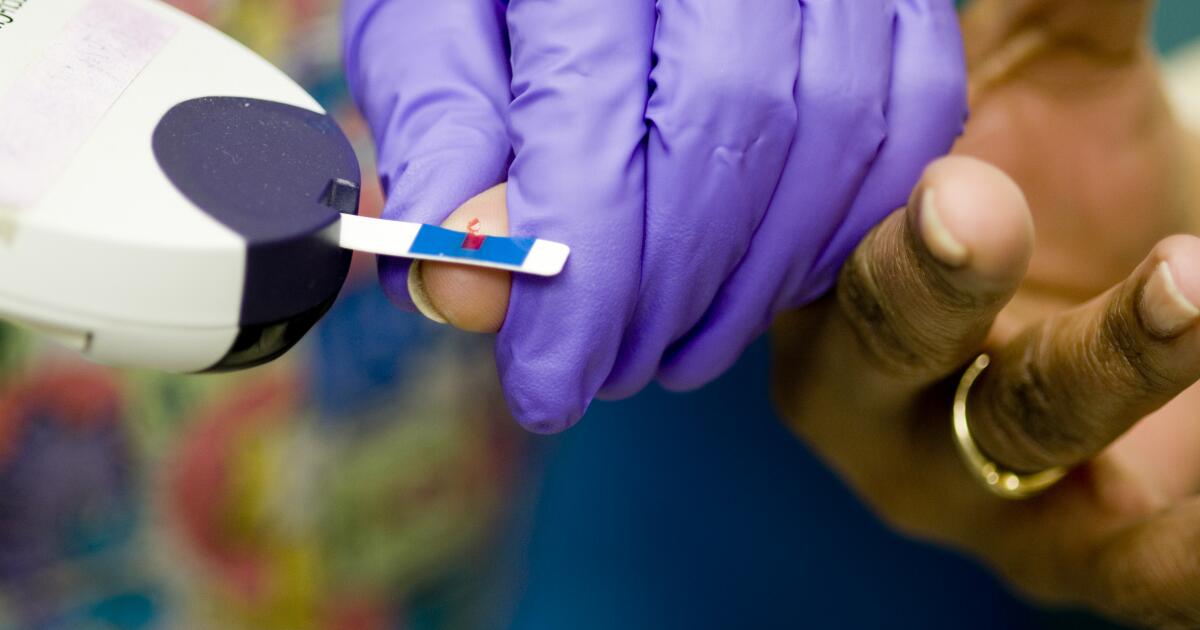
7 Things to Know About Blood Sugar Test Strips
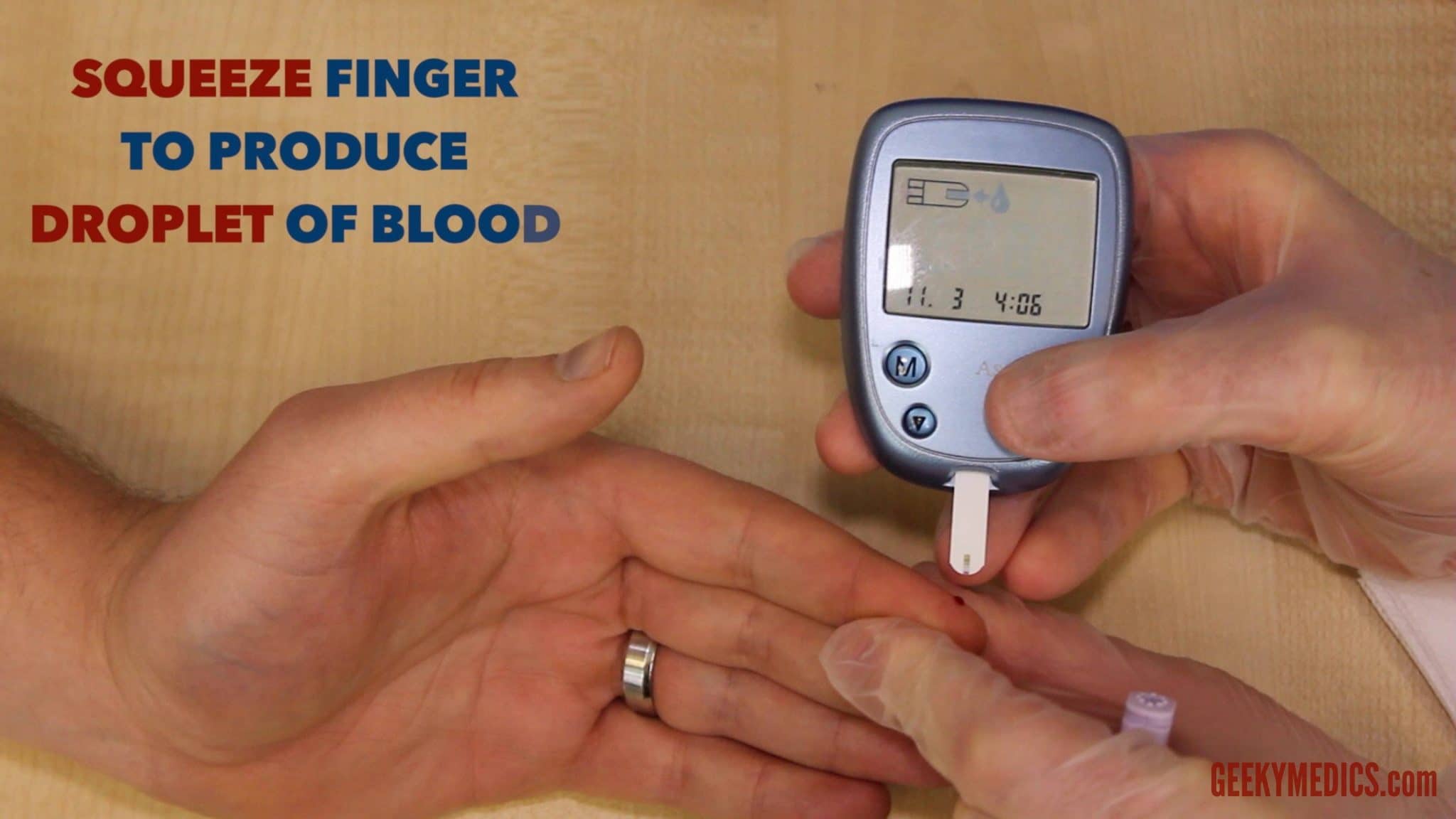
Blood Glucose Measurement - OSCE Guide | Geeky Medics
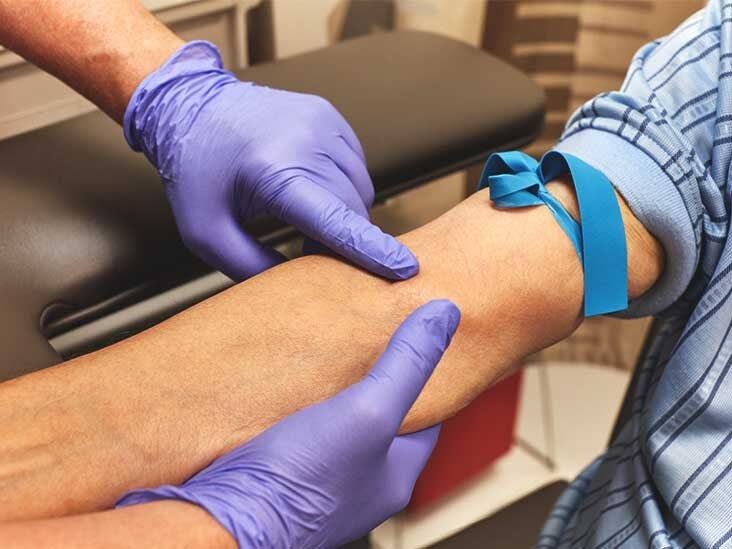
Blood Glucose Monitoring: How It Works

Blood Sugar Monitor | Health Management and Education at UC Davis Health System

7 Blood Sugar Testing Mistakes to Avoid | Everyday Health
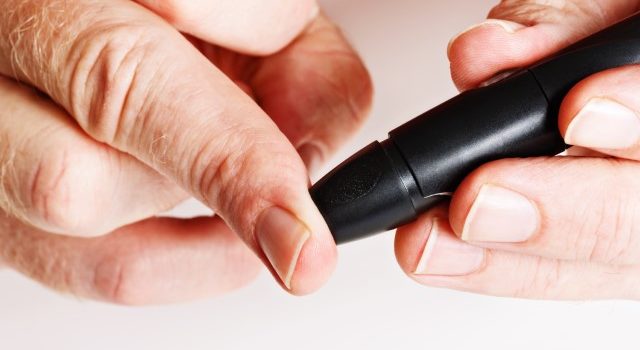
Does a finger prick blood test hurt? | Norton Healthcare Louisville, Ky.

How to monitor blood glucose
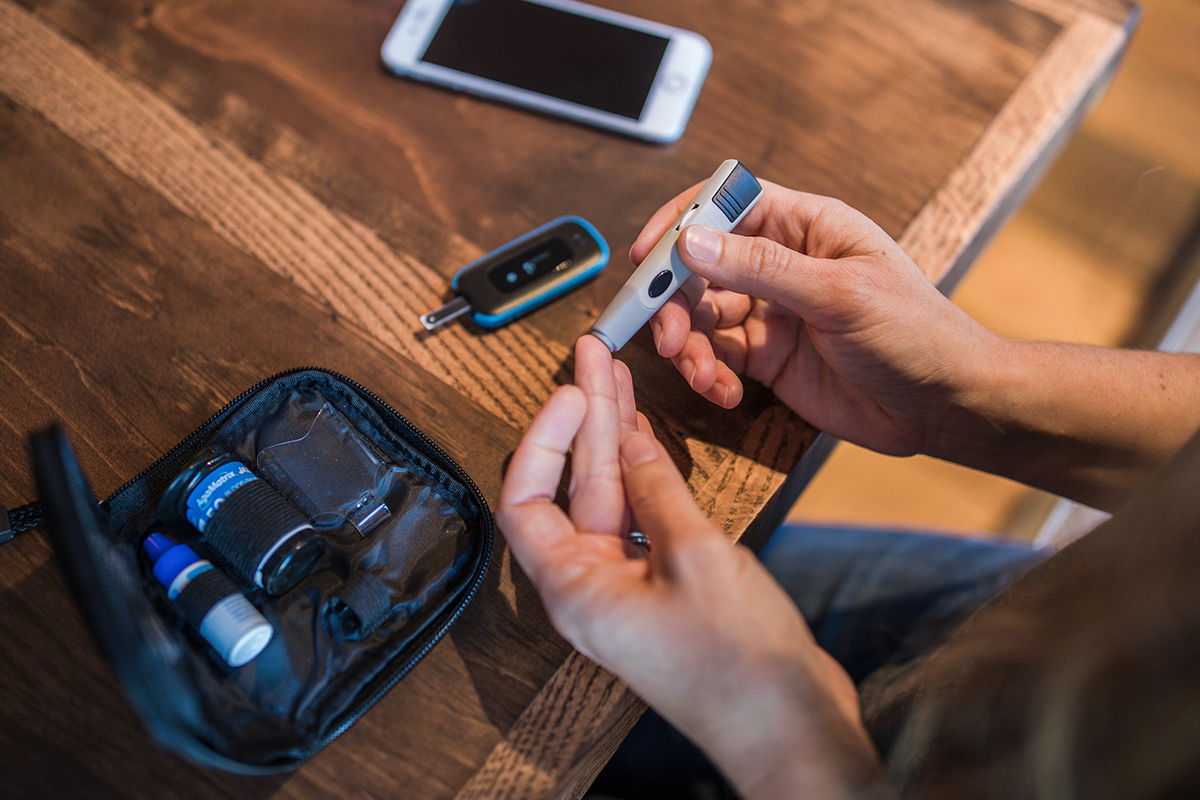
Blood Glucose Meter Accuracy: What Affects Your Results?
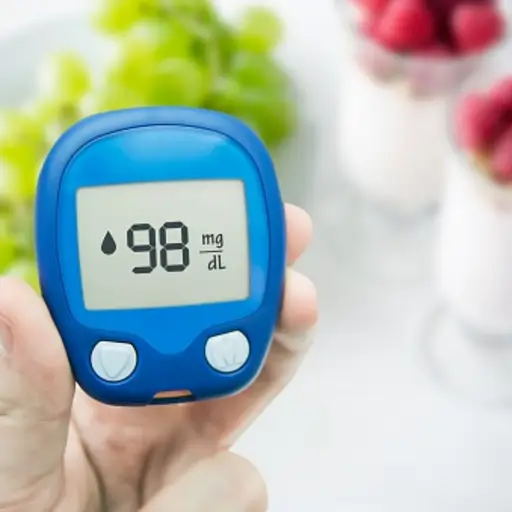
The 9 Worst Mistakes You Make When Checking Your Sugar
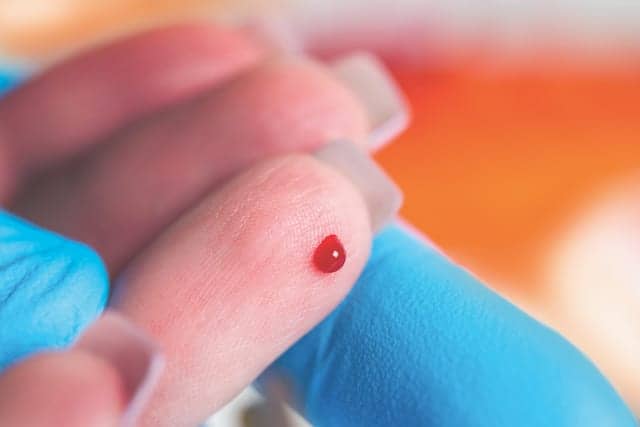
Capillary Blood Sampling - Clinical Lab Products
FINAL BROCHURE.qxp

How to Make Blood Sugar Testing Hurt Less | Health.com
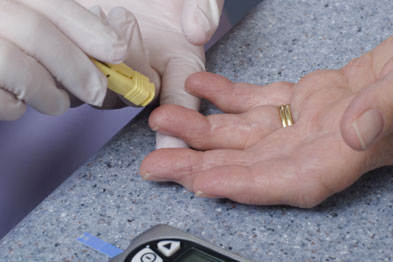
Revised finger-prick advice provides boost for diabetics | GPonline

Stiff Hand Syndrome (Diabetic Cheiroarthropathy)
Posting Komentar untuk "how does squeezing finger affect blood sugar"